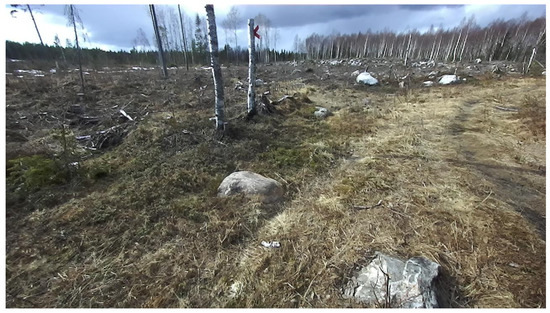1
World Resources Institute Africa, 29 Lalana Printsy Ratsimamanga, BP 3884, Antananarivo 101, Madagascar
2
Madagascar National Parks, Ambatobe, BP 1424, Antananarivo 103, Madagascar
3
Tierökologie und Naturschutz Institut Für Zoologie, Universität Hamburg, Martin-Luther-King Platz 3, 20146 Hamburg, Germany
4
Forest Management and Development, Department of Environmental Sciences, Swiss Federal Institute of Technology Zurich, Universitätstrasse 16, ETH Zentrum, CHN F 75.3, 8092 Zurich, Switzerland
Forests 2021, 12(9), 1143; https://doi.org/10.3390/f12091143 - 24 Aug 2021
Cited by 11 | Viewed by 6226
Abstract
Protected areas (PAs) are a cornerstone for conservation biodiversity. Madagascar, as a hotspot for biodiversity, has a network of 114 terrestrial protected areas covering the main forest types occurring on the island. Deforestation continues unabated despite the network covering 11% of the island.
[...] Read more.
Protected areas (PAs) are a cornerstone for conservation biodiversity. Madagascar, as a hotspot for biodiversity, has a network of 114 terrestrial protected areas covering the main forest types occurring on the island. Deforestation continues unabated despite the network covering 11% of the island. Here we present a case study approach reporting on four PAs from the humid forests, dry western forests, and southwestern dry and spiny forests and thickets. To describe deforestation in and around the case sites, we have considered a time window of 30 years for analysis, focusing on six years with reliable data: 1990, 2000, 2010, 2015 (the year of latest PA network update), and 2017. We have considered forest versus other land covers within the PAs in “buffers” at a distance of 500 m, 2.5 km, 5 km, and 10 km from the border of the PA. These buffers were set from the border towards the center of the PA (inside the PAs) and from the border outside the PAs. The smallest PAs, Kasijy (IUCN IV), and Behara Tranomaro (no IUCN category), showed the least forest loss. Tsaratanana (IUCN I) had the highest deforestation rates within the last two years of analysis, with deforestation concentrated in the core area. Ranobe PK-32 (no IUCN category), originally with the largest forest extent, has lost most of its forest cover and showed the highest annual deforestation rate (3.5%) between 2015 and 2017. All four cases prove to be very challenging to manage. Future conservation activities require tailored interventions to account for site-specific current and potential future threats, as detailed in this contribution.
Full article
(This article belongs to the Special Issue Forests, Their Diversity, and Conservation)
▼
Show Figures






